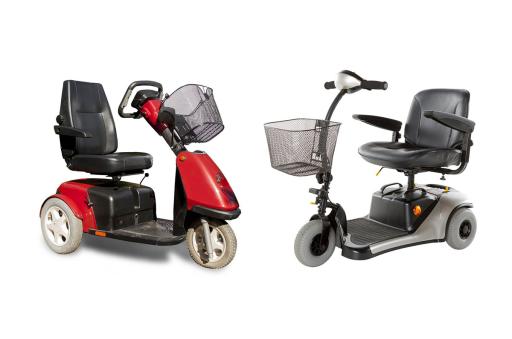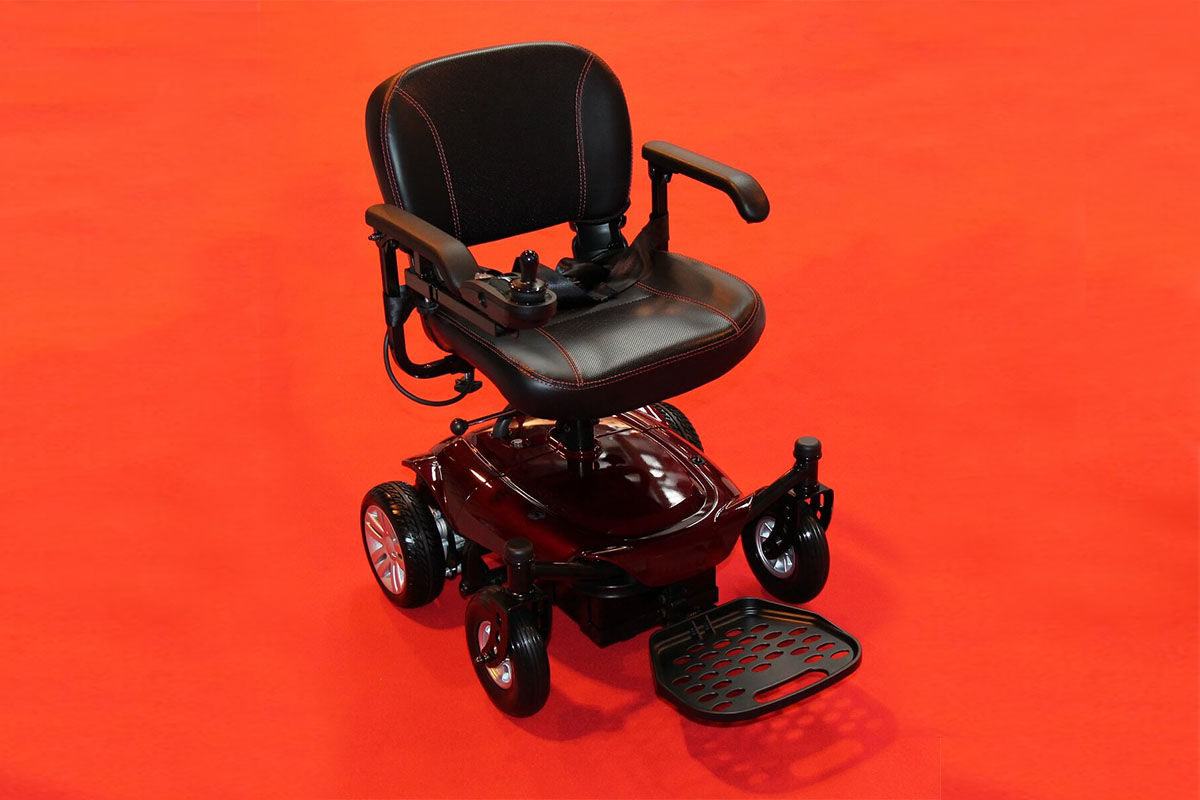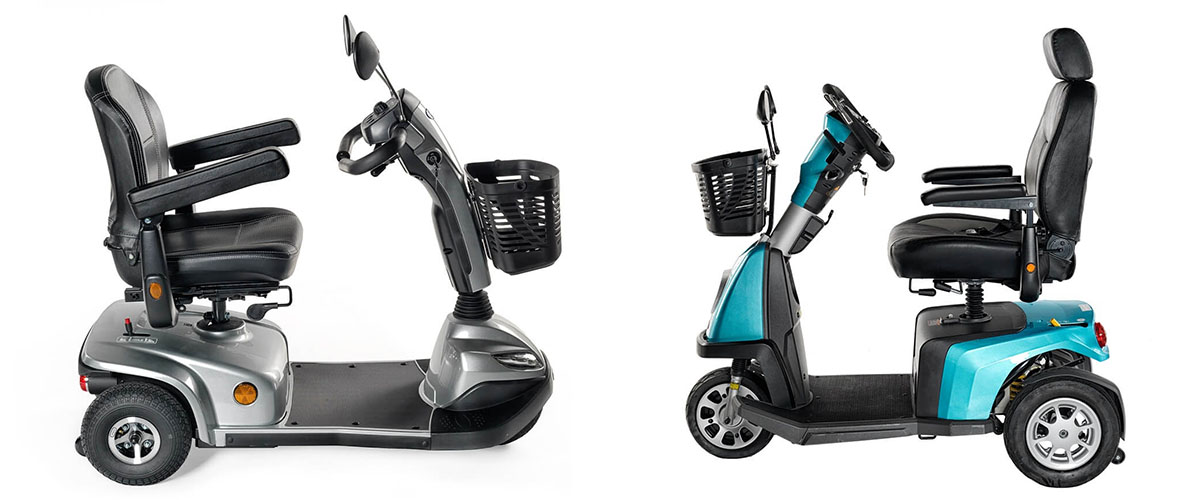
Mobility Scooter Classifications: Rules, Reviews, Safety
Like vehicles, mobility scooters can have different driving classifications and capabilities for indoor or outdoor use.
Mobility scooters and electric power wheelchairs are typically used by individuals with disabilities or mobility limitations that need assistance getting around. The FDA states that both a mobility scooter and power wheelchair are classified as medical equipment.
According to the Americans with Disabilities Act (ADA), public places must reasonably accommodate and make adjustments to cater to the transportation needs of individuals with limited mobility and disabilities. But not all manual or electric powered wheelchairs and scooters are the same, so there are certain rules and accommodations that have been made for smooth driving and safety.

The different tier class designations for motorized scooters include the following:
Class 1: Manual Wheelchairs
These mobility wheelchairs fall under the category of manual wheelchairs. They are not electric powered, which means either you or another person needs to push the chair or propel forward for the wheels to move manually. They are commonly found as transport vehicles at hospitals or for short-term use to get around. They can be used on footpaths or pavements.
Class 2: Powered Wheelchairs and Scooters
These are electric or powered wheelchairs and scooters that can legally travel 4 mph and can be used indoors or outdoors in a safe manner while yielding to pedestrians and steering clear from vehicle traffic to avoid possible collisions. This class allows mobility drivers the chance to use it on footpaths or pavements, but no roads or highways.

Class 3: Scooters
Keep in mind that the above mobility wheelchairs and scooters like Pride Zero Turn do not require a drivers license or registration, but mobility users are still required to abide by road rules and regulations. They usually are required to have lights and indicators. Mobility scooters can get up to a speed of 8 miles an hour or more. A mobility scooter can be used by individuals with mobility limitations, individuals with disabilities, or someone who has had an injury and needs mobility support.
It is important to know the different functions and uses for mobility scooter class distinctions. Here are a few questions for your mobility scooter checklist:
-
Are you looking for short-term scooter use or something that gives you the flexibility of traveling outdoors, near the park, or your local post office? If so, you might want to consider a Class 2 scooter.
-
Have you done your research and found that Medi-care will cover the cost, or do you have to pay out of pocket in its entirety?
-
Are you looking for an old or used model?
-
Will the price be an issue? If so, have you considered resale shops or donated medical device equipment from warehouses?
-
Have you read up on the FAAs rules regarding the safe transport of your mobility scooter? What spare parts or type of spare batteries can you take?
-
Are you more concerned about comfort or affordability? Is there a way you can aim for both at a reasonable price?
For more information, check out the Senior List.

